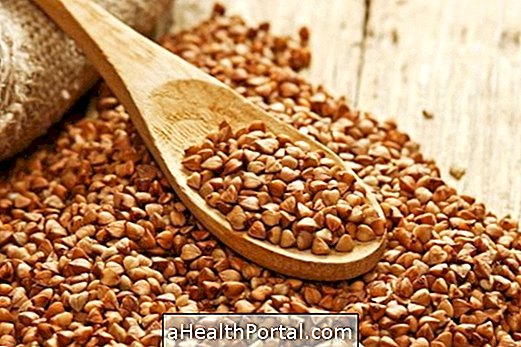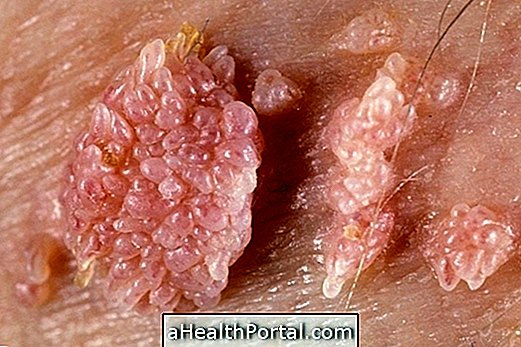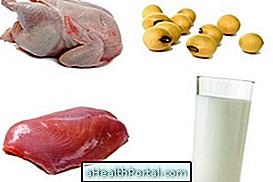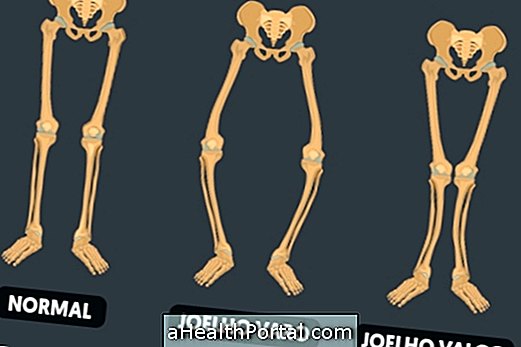To feed your lactose-intolerant baby by ensuring the amount of calcium he needs, it's important to offer lactose-free milk and dairy products and invest in calcium-rich foods like broccoli, almonds, peanuts, and spinach, if he already has more than 6 months.
When the baby who only breastfeeds has lactose intolerance, it is important for the mother to take lactose-containing products from her own food because they can pass into breast milk, causing symptoms such as swollen belly, gas, and discomfort in the baby. If the baby only takes a bottle, a lactose-free formula should be used as can be seen in the following diagram:
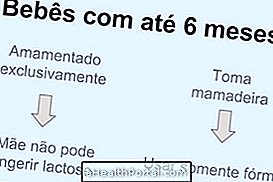

When the baby starts to eat yogurt, one can choose to offer a natural yogurt with lactose to observe the reaction of your body because generally the yogurt is better tolerated. If symptoms manifest, you should only offer lactose-free yogurt as well as milk and be careful when preparing the baby's food by reading all food labels.
How To Differentiate Normal Colic from Lactose Intolerance
The main difference between the normal colic of the newborns for the symptoms of lactose intolerance in infants is the intensity of the symptoms and the frequency with which they appear.
Babies who breastfeed only on the breast may have cramps throughout the day, but these cramps do not occur after all feedings, while lactose intolerant infants present abdominal distention, excess gas, and diarrhea that begin about 30 minutes after each feeding .
There is also a relationship with the amount of milk ingested because the more milk the baby eats, the worse the symptoms are.
What to do if you think your baby has lactose intolerance
In case of suspected lactose intolerance in infants, the pediatrician must be informed about this suspicion, saying all the symptoms that the baby presents and when they appear.
The best way to know if your baby does not digest lactose is to do the food exclusion test that consists of not eating any food that has lactose for 7 days. If the symptoms disappear during this time it is very likely that it is intolerant, but although it is very simple to do this test, it should only be done after consultation with the pediatrician. Check other tests that may be performed: Lactose intolerance test.
Lactose intolerance can be diagnosed at any age, but it can also occur in a transient manner, lasting 7 to 10 days after an episode of gastroenteritis, for example.
Milk protein allergy manifests itself differently from lactose intolerance, because it generates symptoms on the skin and may make it difficult to breathe. In addition, milk intolerance is also due to galactose intolerance.
See too:
- How to know if your baby is allergic to milk
- What to eat in galactose intolerance
What the baby with galactosemia should eat

